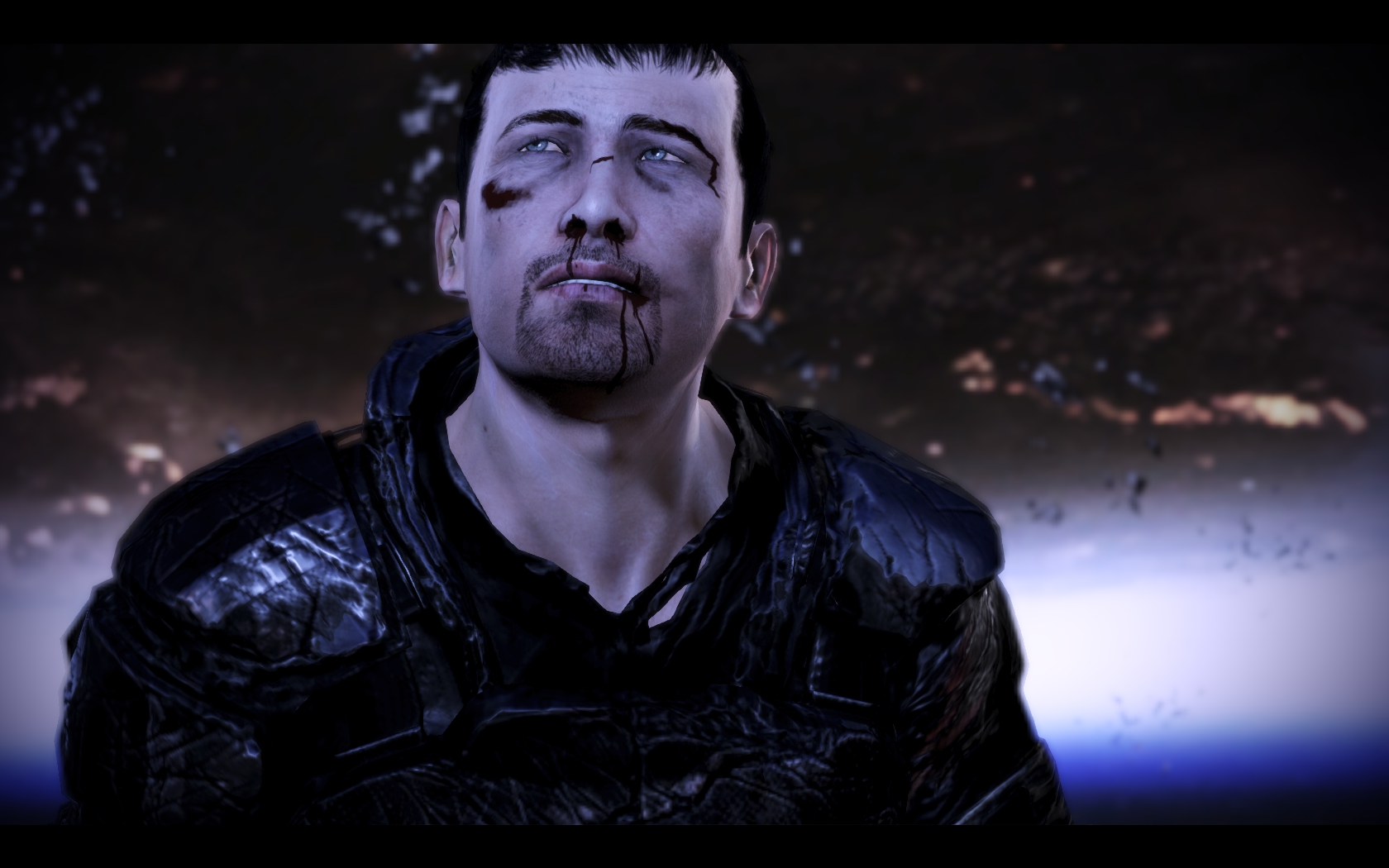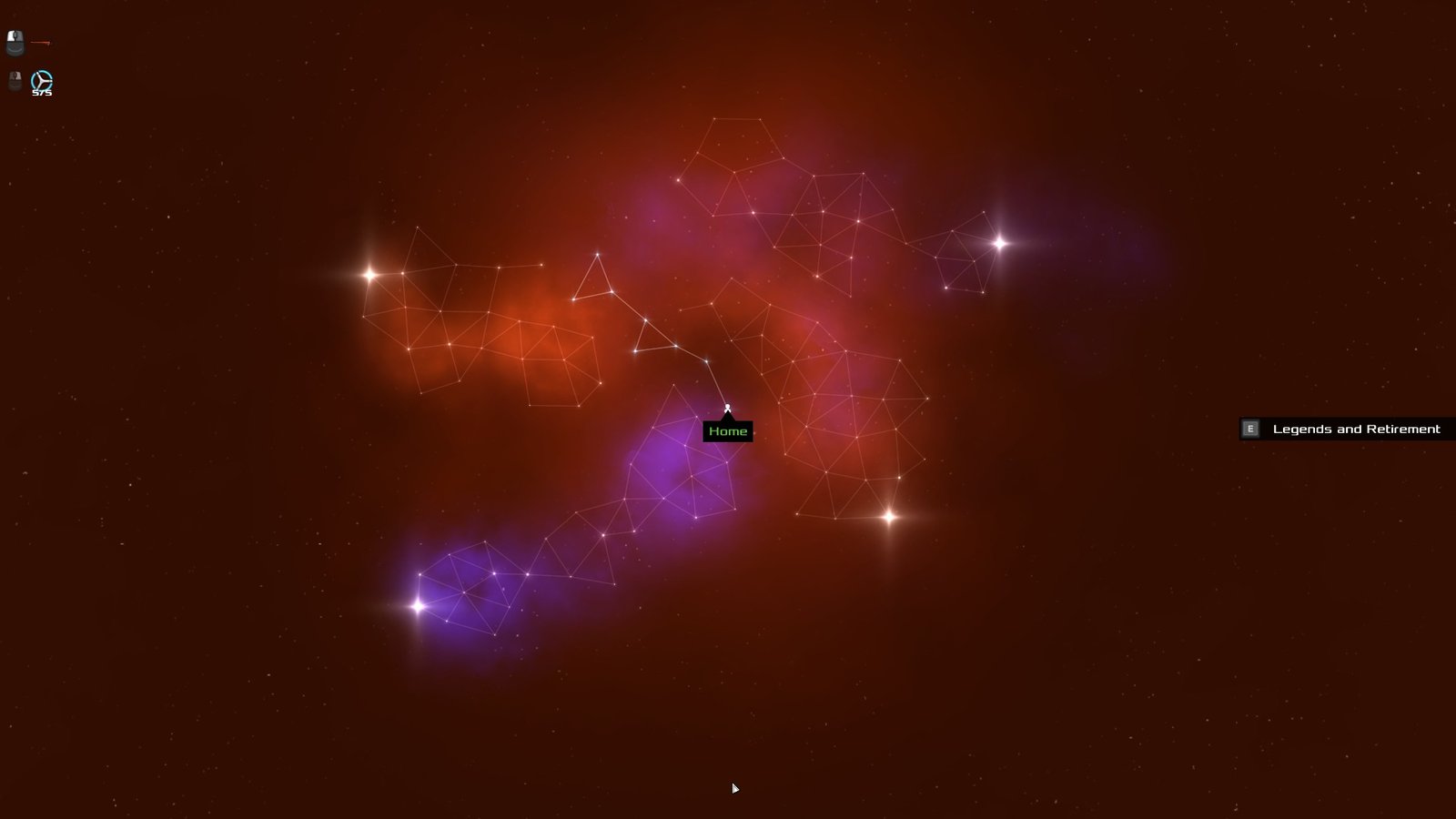LA Noire is coming out on PC sometime soon, which means that PC devs will have the opportunity to experience the terror of being a generation behind the curve. Console devs already bumped into this upon LA Noire’s original release, when it became instantly apparent that all other facial tech and animation is woefully inadequate.
LA Noire has rather spoilt the tidy, linear progression of gaming visuals, even if only in one very specific area. Sitting atop the unremarkable bodies of the game’s policemen, witnesses and suspects like hyper-real bobbleheads are faces which have somehow entirely bypassed the uncanny valley, presumably by building a bridge or using some kind of jet-powered supercar, leaping past the dubious accomplishments of CG cinema to give gaming a genuine first.
It’s not the technical achievement which is remarkable (though it is) but the emotional result. By serving a definite story purpose, LA Noire’s faces evade being merely the latest in a long line of graphical gimmicks (hello lens flares, hello bloom, hello depth of field). Even before any lines are spoken there’s an instant human connection, a momentary, subconscious tick in the box that confirms that, yes, this is a real person. It’s a link which other games take hours to painstakingly establish – Half Life 2’s Alyx is a sidekick who is built up over a lengthy storyline, with writing and voice acting picking up the slack in the visual detail. Regardless of how much time Valve’s animators spend on her face, she’s always evidently an animated character. Overtly stylised games like Team Fortress 2 make this the point, of course, but it’s less natural in a series that aims at realistic visuals.
It helps that the technology is married to a game which prioritises story above all other things, even at the cost of gameplay. This is a notable change from the tradition of technologically groundbreaking games being a bit sparse in the writing and acting departments – characters have never been the focus of the Call of Duties and Cryses. LA Noire is the perfect combination of tech and intent.
It’s the potential for other genres that really entices: a Mass Effect game using this tech, or, in fact, any RPG; David Cage’s experiments finally getting away from creepy eye syndrome; Valve or Bethesda playing with genuine human faces: consider Oblivion’s Patrick Stewart-powered opening sequence, but featuring Picard’s shiny pate rather than a disturbing collection of creepy, glowy, Cyrodiilic mannequins.
LA Noire at times is a little bit magical, as if a game developer bypassed the next 5-10 years of technological progress, coming back from the future so as to skip straight to the point. When Half Life 2 introduced chairs, crates and barrels that could actually be moved, any games unfortunate to be released around the same time but lacking such physics were immediately relegated to a clunky, historical footnote. The introduction of physics to gaming was a one-way street and any title at the wrong end was in trouble. Human behaviour is now at the same point, with even the admirable achievements of the Mass Effect, Crysis and Witcher games now falling short. I pity the likes of Skyrim, if Bethesda haven’t made substantial improvements to their face animation. Faces in games are likely to be logged in the case notes as ‘pre LA Noire’ and ‘post LA Noire’, and we’re currently in the awkward in-between phase when everybody is trying to figure out how to catch up.




0 Comments
dhd · November 20, 2011 at 10:04 pm
Pity the game is pretty bad. The facial animation is good, but the body animation is poor, which makes it look really awkward.
Simon Jones · November 20, 2011 at 11:19 pm
It’s an average game, though I’d never say it was bad. I’ve played considerably worse in my time. 🙂 But, yes, you are correct in that the facial animation was the high point of an otherwise very traditional and risk-averse design.